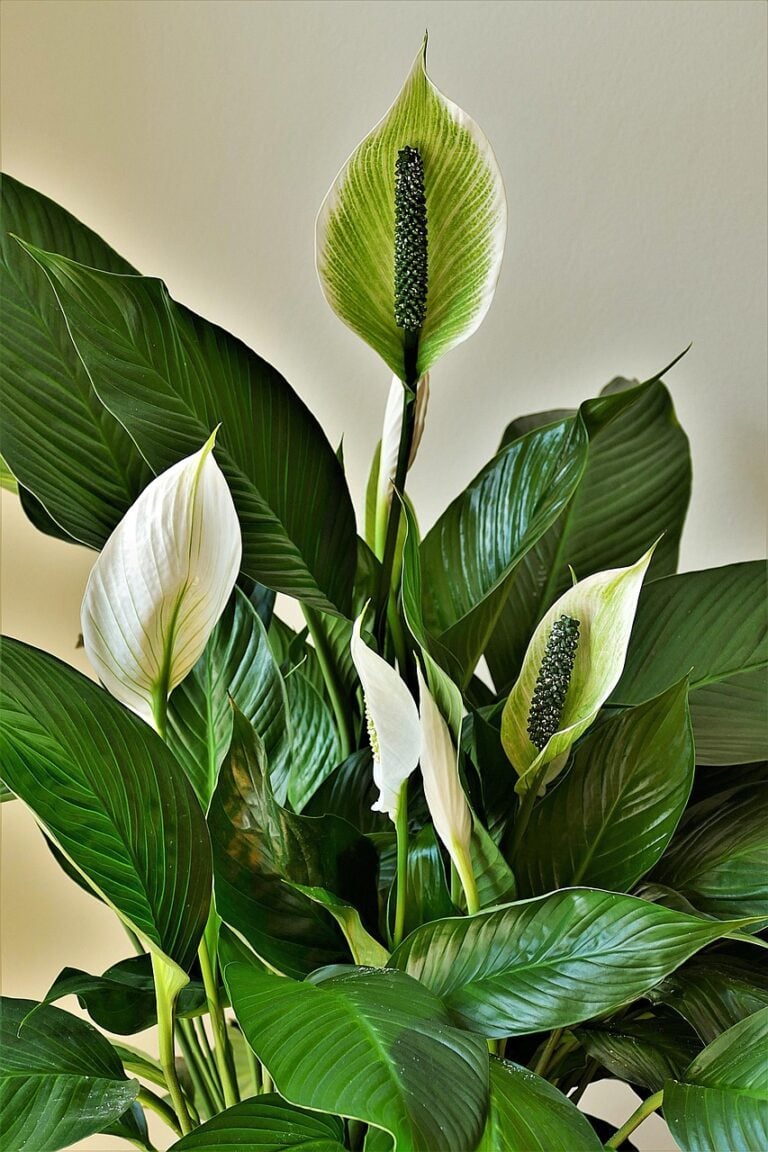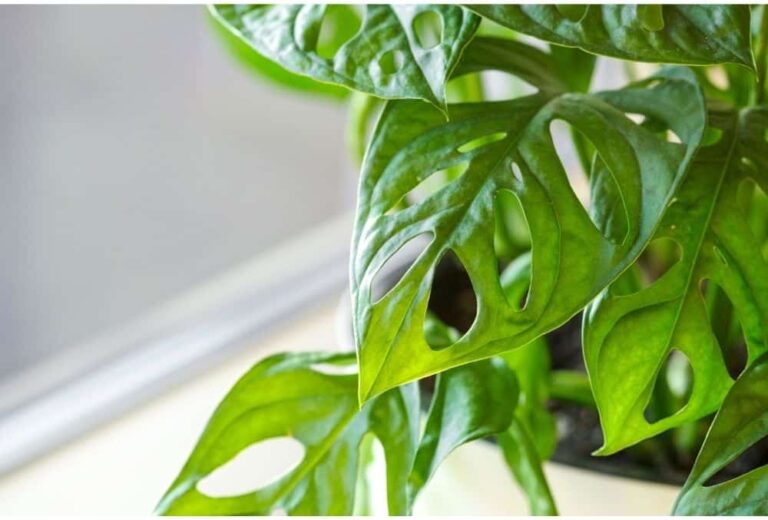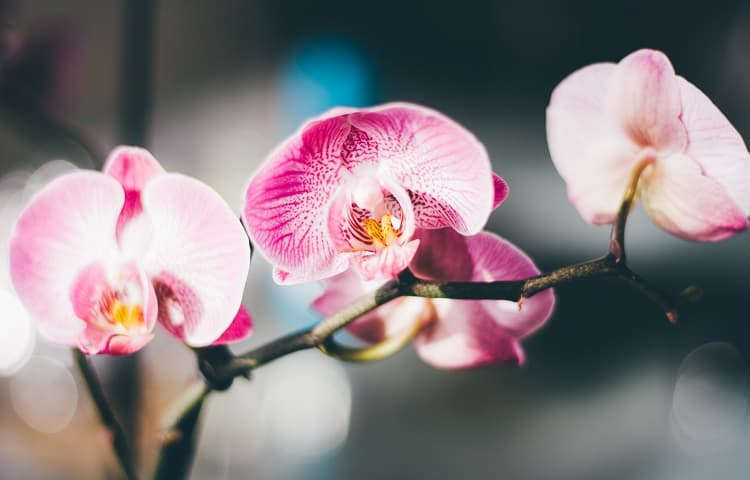How to Grow the Areca Palm
Areca Palms, also known by the scientific name Dypsis Lutescens, are flowering plants originating from Madagascar. These plants are known for their robust tropical appearance, which makes them suitable for use in residences as privacy screens or accent fauna. These plants can reach substantial heights in the wild or outdoors, up to twenty-five feet, though they may top out at seven feet when potted in a home environment. These plants grow slowly, so it is important for owners to care for them diligently.
Facts About Areca Palms
Areca Palms go by many alternate names. You may simultaneously hear them referred to as the “Butterfly Palm” (because of the upwardly curved leaves) or “Golden Cane Palm” due to the coloration on the lower ends of the canes and the yellow flowers it produces during summer months. The plant is native to Madagascar, but has been naturalized in other tropical locales: The Andaman Islands, El Salvador, Cuba, The Dominican Republic, Jamaica, and South Florida, to name a few.
Areca Palms are commonly used for decoration around the house. Their large size lends them to use as decoration. They can cover windows to create privacy, provide an “accent” in the garden, or be used in succession to create an impressive hedge. The fronds of the Areca Palm can have anywhere from 40-60 individual leaflets, creating a thick, feathery appearance.
With careful upkeep, you can keep your Areca Palm looking healthy for a good while. No matter how regimented you are in your care, however, the older fronds on this plant will eventually turn yellow and start to droop (hence the nickname). Areca Palms are relatively inexpensive, making them an optimal choice for novice gardeners looking to jump start their plant collection.
The Areca Palm is also notable for its potential health benefits. For example, it is associated with the NASA clean air study, wherein it was named as one of several “efficient air-cleaning plants,” capable of filtering formaldehyde, xylene, and toluene from the atmosphere. The plant can also function as something of a humidifier, with its ability to transpire water into the air at regular intervals. These capabilities added to the Areca Palm’s popularity as an office/houseplant when they were first discovered in the 1980s, and it retains its prominence to this day.
Planting Areca Palms
Planting directions for Areca Palms will vary depending on the location and specific use you intend. Planting outdoors, for instance, you have to remember that these palms can get quite large. As a result, you’ll likely want to plant them in the ground, as they will quickly outgrow most pots that you put them in.
You’ll want to keep them a good distance from any structures that they could impede, like power lines, gutters, and the like. You’ll also want to keep your palms appropriately spaced, generally 3-6 feet apart. As mentioned, Arecas make for great decoration, so they go well near a pool, accenting a corner of the property, or in succession as a hedge.
Outdoors, you’ll follow many of the usual palm tree planting guidelines. Dig a sizeable hole that’s approximately twice as wide as the root ball of the palm. Make sure that it is deep enough so that the root ball fits in comfortably, but still protrudes above the surface by about an inch. Fill in your hole, and remember to keep it moist and watered while the plant grows.
If you are planting your palm tree indoors, you’re going to follow a slightly different procedure. You’ll need a pot, and you’ll have to select a container that will give your Areca room to grow. Arecas won’t grow as large indoors as they do outdoors, but you will still need to provide them with ample room to spread out. If your Areca starts to grow too large, however, you always have the option of transplanting it to the outdoors.
Remember, you shouldn’t normally attempt to prune an Areca because that can critically damage, or even kill the plant. The exception to this rule applies to yellowing fronds that will appear near the bottom of the stem. You can remove these unsightly fronds without causing undue harm to your plant.
Caring For An Areca Palm
When first introducing an Areca Palm into the home, you want to condition it to the light slowly. You should start by placing it in a partly shaded location, then moving it to a better-lit part of the house after a few weeks. Make sure that you are using moist, well-drained soil for your palm. Preferably, the soil you use will be acidic. You can mix in some builder’s sand if your current soil is too dense or clay-like.
Be sure to water the palm if the soil starts to feel dry. Make certain that the container has suitable drainage holes, and that excess water is properly filtering into a collection area below the base of the plant. Be careful not to overwater your Areca, though. Too much water can damage its growth.
Keep your indoor temperatures moderate to accommodate your palm tree. Ideally, you will have the thermostat set between 65-70 degrees Fahrenheit during the night, and 75-85 degrees during the day.
You should fertilize Arecas three times per calendar year. Once in the Spring, once in the Summer, and once in the Fall. Recommendations on specific fertilizers can vary. Some advocate a granular palm fertilizer with micronutrients, as this will properly feed the palm with the compounds it needs to thrive. Other sources feel that a half strength liquid fertilizer with low salt content is safer for this variety of palm (too much salt will spot the leaves).
Additional Care Requirements
If you follow these guidelines, you’re well on your way to having a healthy Areca. You will still have to watch out for pests and diseases that can plague this particular kind of plant, though. Arecas are at risk for fungus known as Pink Rot and Ganoderma. Both are caused by the high degree of humidity necessary to grow the Areca Palm, and both can cause the fronds to discolor and droop.
Indoors, the number of pests you will have to contend with will be low. If your indoor humidity is too low, however, you run the risk of drying out the leaves and attracting troublesome spider mites. Remember to monitor your humidity carefully and try to keep it in the sweet spot to keep your Areca Palm as healthy as possible.
Photo By Troy McKaskle Licensed Under CC BY-SA 2.0
Also Read: Growing Nasturtiums



